POPULATION
2.899.670
CURRENCY
EURO (€)
TIMEZONE
GMT +1:00
LANGUAGE
PORTUGUESE
WEATHER
JULY 24ºC /
JANUARY 11ºC
AIRPORTS
Lisbon Airport
HISTORICAL IMPORTANCE OF LISBON
Lisbon, the capital city of Portugal, has a rich historical significance shaped by its strategic location and maritime heritage. As a vital hub during the Age of Discoveries in the 15th and 16th centuries, Lisbon was the departure point for many famous explorers, including Vasco da Gama, who established sea routes to India, Africa, and the Americas. This period marked Lisbon as a center of global trade, wealth, and cultural exchange. The city's history is also marked by the devastating 1755 earthquake, which led to extensive reconstruction under the Marquis of Pombal, introducing innovative urban planning and architectural styles. Lisbon's historical significance is further highlighted by its role in the political and cultural consolidation of Portugal, hosting important events and monuments such as the Jerónimos Monastery and Belém Tower, both UNESCO World Heritage sites. Today, Lisbon's blend of historical landmarks, vibrant neighborhoods, and rich cultural heritage continues to reflect its storied past and enduring influence.

Why is Lisbon the Capital of Portugal?
Lisbon became the capital of Portugal due to its strategic location on the Atlantic coast and the Tagus River, making it an ideal hub for maritime trade and defense. Its significance grew during the Age of Discoveries in the 15th and 16th centuries when it served as the launch point for explorers like Vasco da Gama, establishing Portugal as a global maritime power. Officially designated the capital in 1255, Lisbon's economic and political importance continued to rise, especially after its reconstruction following the 1755 earthquake, which modernized the city. These historical, strategic, and economic factors solidified Lisbon's status as Portugal's enduring capital.
THE BEST TIME TO VISIT LISBON
The best time to visit Lisbon is during the spring (March to May) and fall (September to October) when the weather is mild and comfortable, and the city is less crowded. In spring, you can enjoy blooming flowers and pleasant temperatures ideal for exploring Lisbon's historic sites and outdoor cafes. Fall offers warm weather, fewer tourists, and a vibrant cultural scene with various festivals and events. Summer (June to August) is also popular for its sunny days and lively atmosphere, but it can be quite hot and crowded, especially in tourist areas. Winter (November to February) is cooler and rainier but still relatively mild, providing a quieter and more affordable time to experience the city's museums, restaurants, and indoor attractions.
TRANSPORTATION TO LISBON
Traveling to Lisbon is convenient, with multiple transportation options available. Lisbon Portela Airport (LIS) offers numerous direct flights from major cities worldwide, and the airport is well-connected to the city center by metro, buses, taxis, and rideshare services. The city is also accessible by train, with Gare do Oriente and Santa Apolónia stations serving international and regional routes, including high-speed trains from Madrid. Long-distance buses operate routes to Lisbon from neighboring countries and throughout Portugal, with Sete Rios and Oriente being the main terminals. Additionally, Lisbon is connected by an extensive highway network for those driving, and cruise ships frequently dock at the Port of Lisbon, close to the city center and accessible by public transportation.
WARM HOSPITALITY
Lisbon is renowned for its warm and welcoming hospitality, reflecting the friendly and accommodating nature of the Portuguese people. The city offers a diverse range of accommodations to suit all budgets and preferences, from luxury hotels and boutique guesthouses to budget-friendly hostels and charming bed and breakfasts. Many hotels and accommodations are located in historic buildings, offering a blend of traditional charm and modern amenities. Lisbon's hospitality extends beyond lodging, with an abundance of cafes, restaurants, and bars where locals and visitors alike can enjoy the city's culinary delights and vibrant nightlife. Service in Lisbon is generally attentive and courteous, with a strong emphasis on making guests feel at home. The city's tourism infrastructure is well-developed, with numerous tour operators, guides, and information centers available to help visitors make the most of their stay. Overall, Lisbon's hospitality scene enhances the city's appeal as a welcoming and enjoyable destination.
THINGS TO DO AND PLACES TO VISIT
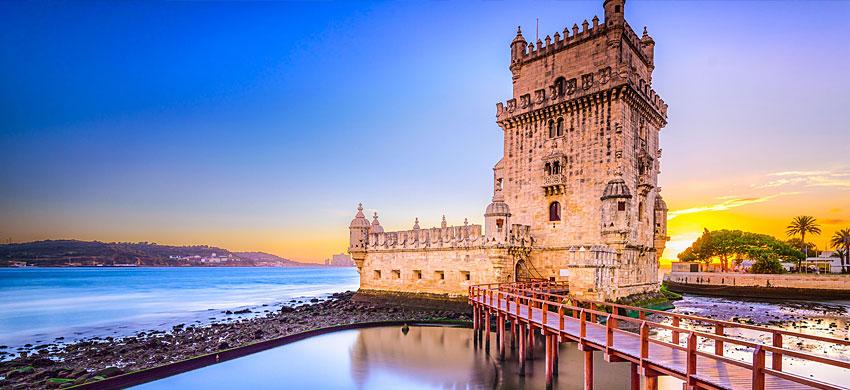


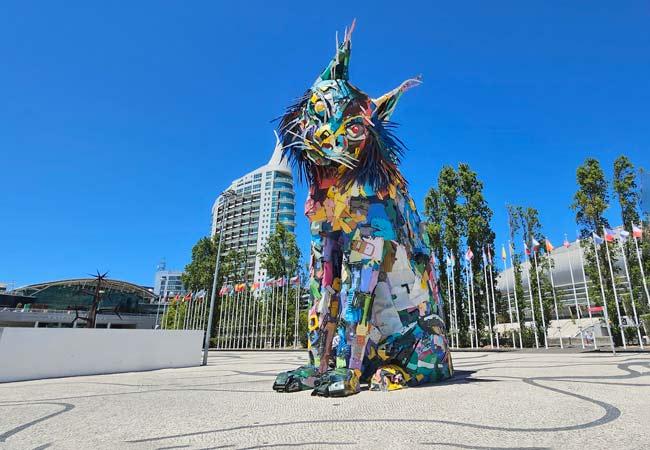
WHAT TO EAT IN LISBON
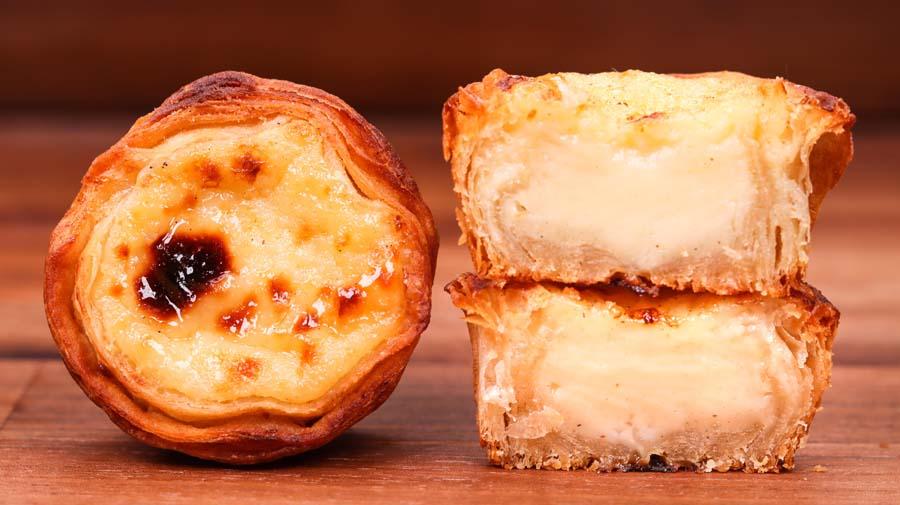
Pastéis de Nata
Pastéis de nata, also known as Portuguese custard tarts, are iconic pastries renowned for their crispy puff pastry crusts and creamy custard fillings. Originating from Lisbon, these tarts are traditionally made with a rich mixture of egg yolks, sugar, milk, and flour, baked until the custard caramelizes and forms a slightly burnt top. The most famous pastéis de nata are produced at the historic Pastéis de Belém bakery, which has guarded its original recipe since 1837, derived from the nearby Jerónimos Monastery. These delectable treats are best enjoyed warm, often dusted with cinnamon and powdered sugar, making them a cherished part of Portuguese culinary heritage and a favorite indulgence for locals and visitors alike.
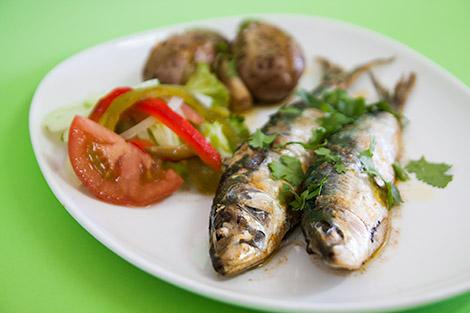
Sardinhas Assadas
Sardinhas Assadas, or grilled sardines, are a quintessential dish in Portuguese cuisine, particularly popular during the summer months and festivals like Saint Anthony's Day in Lisbon. These small, oily fish are known for their rich flavor and nutritional value. Typically, the sardines are seasoned simply with coarse salt and then grilled over charcoal, imparting a smoky aroma and a crispy exterior while keeping the flesh tender and juicy. In Lisbon and coastal regions across Portugal, sardinhas assadas are often enjoyed fresh off the grill, served with slices of crusty bread, boiled potatoes, and a salad or grilled peppers. This dish not only celebrates Portugal's maritime traditions but also highlights its love for fresh, locally sourced seafood prepared in a straightforward and delicious manner.
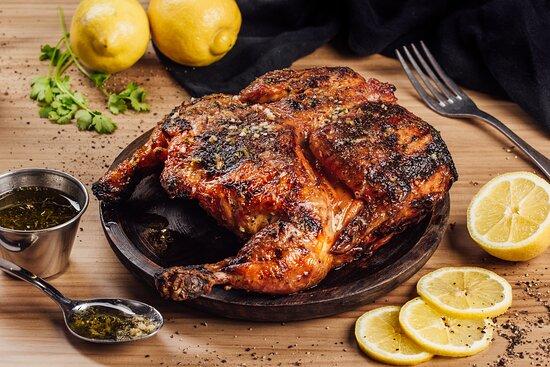
Frango Piri-Piri
Frango Piri-Piri is a popular Portuguese dish known for its spicy and flavorful grilled chicken. The dish features chicken marinated in a spicy sauce made from piri-piri chili peppers, garlic, olive oil, and sometimes vinegar or lemon juice. Piri-piri peppers are known for their heat and distinctive flavor, adding a fiery kick to the chicken. The marinated chicken is then grilled or roasted until golden and crispy on the outside, while remaining tender and juicy inside. Frango Piri-Piri is typically served with sides like salad, rice, or fries, making it a satisfying and flavorful choice for meals in Portugal, especially in restaurants specializing in grilled meats.
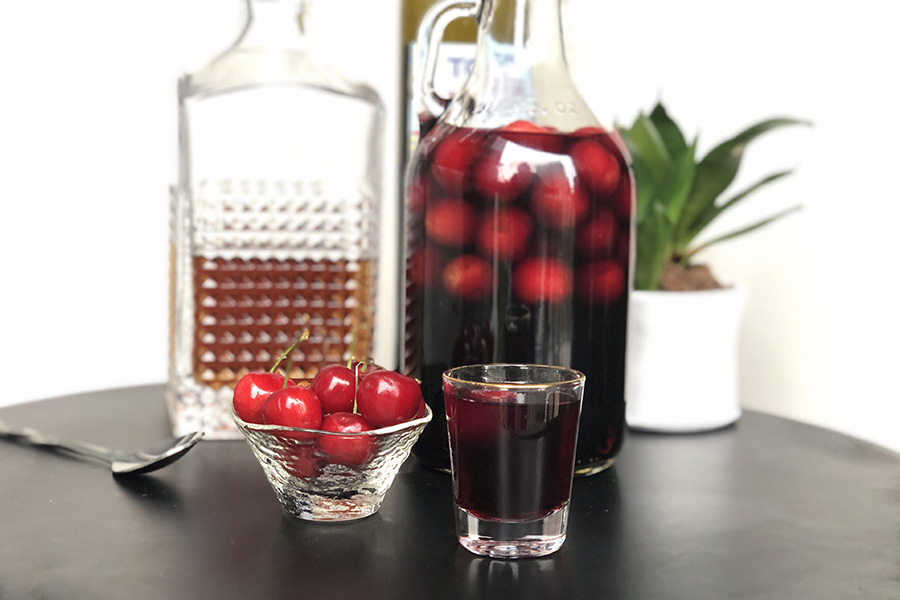
Ginjinha
Ginjinha, or Ginja, is a traditional Portuguese liqueur made from sour cherries (ginja berries), sugar, alcohol, and sometimes cinnamon or other spices. It has a sweet and slightly sour flavor, with a smooth texture that makes it enjoyable as a digestif or an aperitif. Ginjinha is typically served in small glasses or chocolate cups, often with a cherry in the bottom of the glass. It's a popular and iconic drink in Lisbon, where you can find numerous ginjinha bars (ginjinha stands) throughout the city, especially in neighborhoods like Bairro Alto and Alfama. Locals and tourists alike enjoy sipping ginjinha, either straight or with a dash of chocolate liqueur, as a delightful way to experience Portuguese culture and hospitality.
HOW MANY DAYS SHOULD YOU SPEND IN LISBON?
The ideal number of days to spend in Lisbon depends on your interests and how thoroughly you wish to explore the city. For a basic overview of Lisbon's main attractions, including historic sites like the Jerónimos Monastery, Belém Tower, and the Alfama district, as well as enjoying local cuisine and culture, 3-4 days is typically sufficient. This timeframe allows you to visit key landmarks, wander through charming neighborhoods, and experience Lisbon's vibrant nightlife. If you're interested in delving deeper into the city's museums, art galleries, or taking day trips to nearby attractions like Sintra or Cascais, consider extending your stay to 5-7 days. This allows for a more relaxed exploration and a chance to immerse yourself in Lisbon's rich history, cuisine, and cultural offerings.
/filters:format(webp)/post/lizbon-hakkinda-220321-232153-6719.jpg)